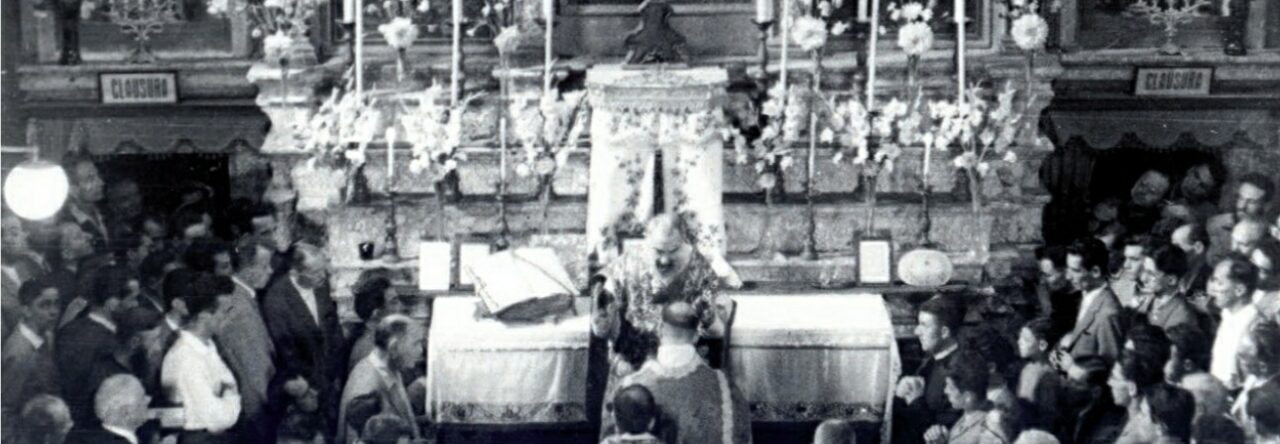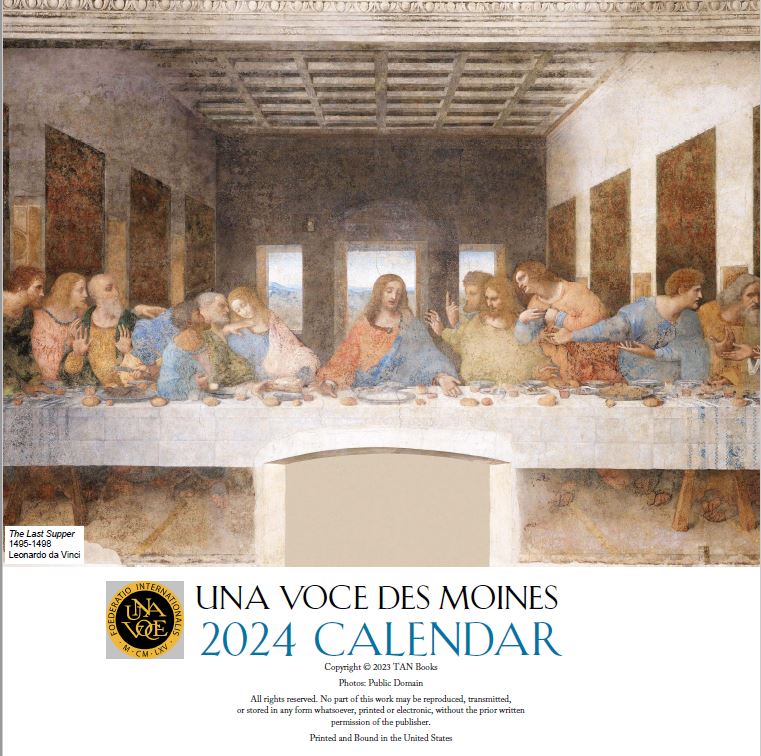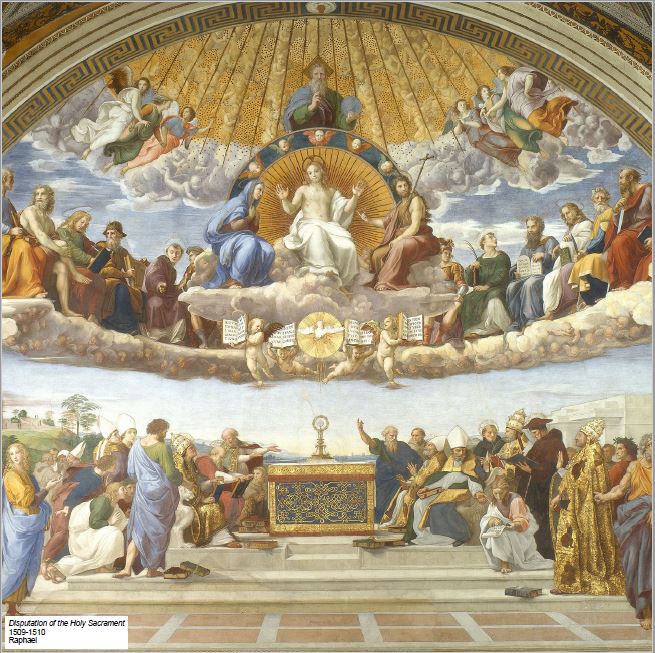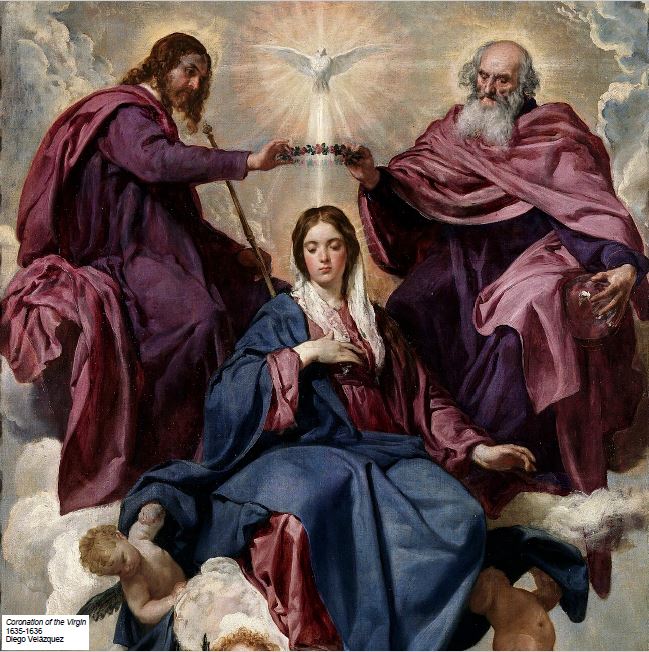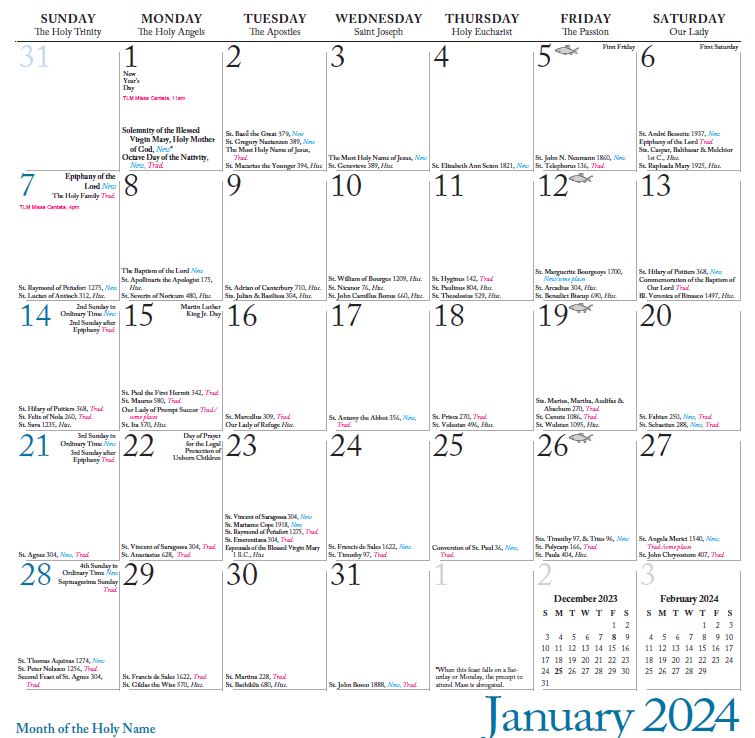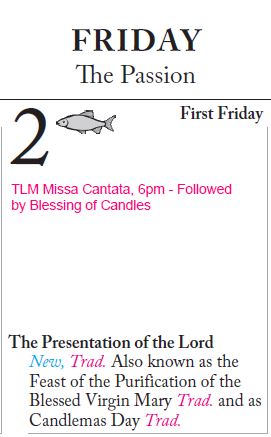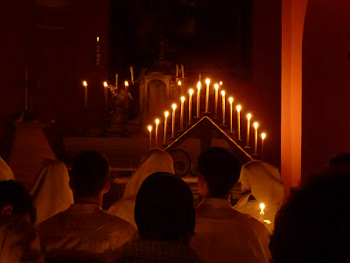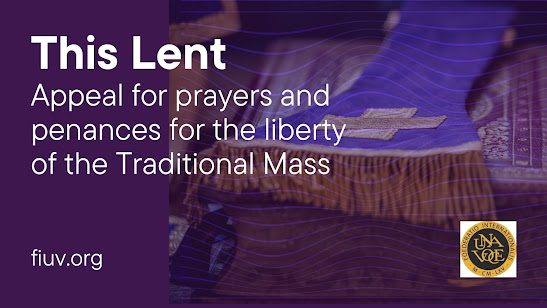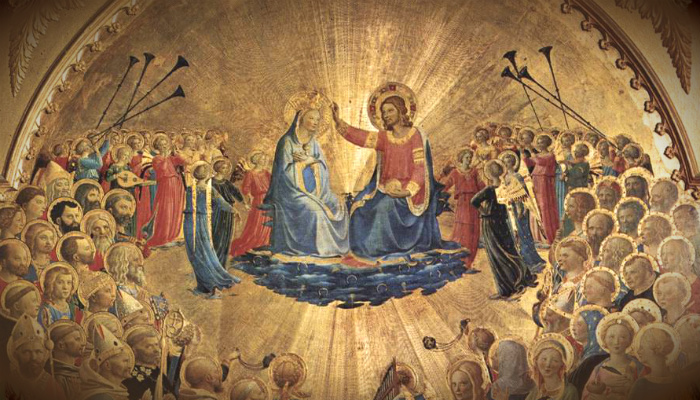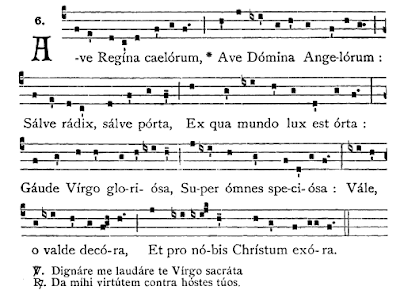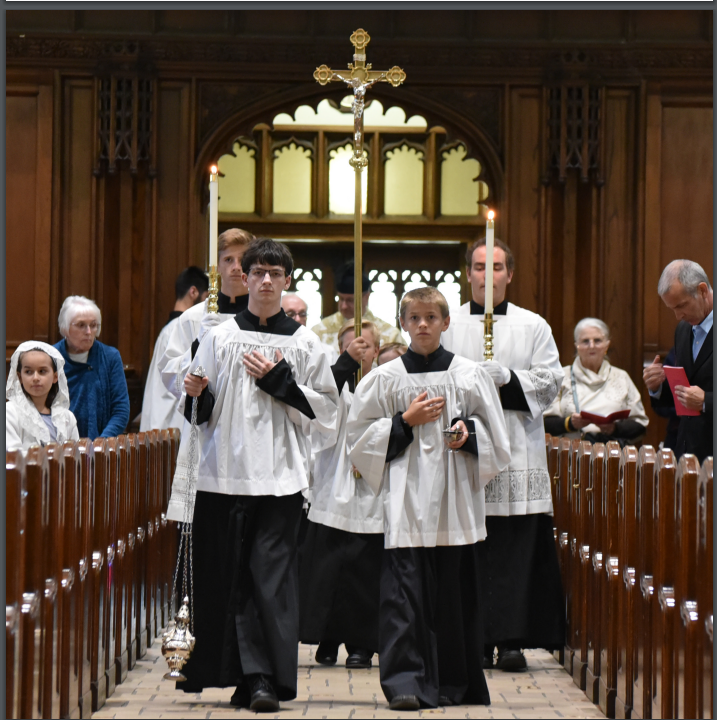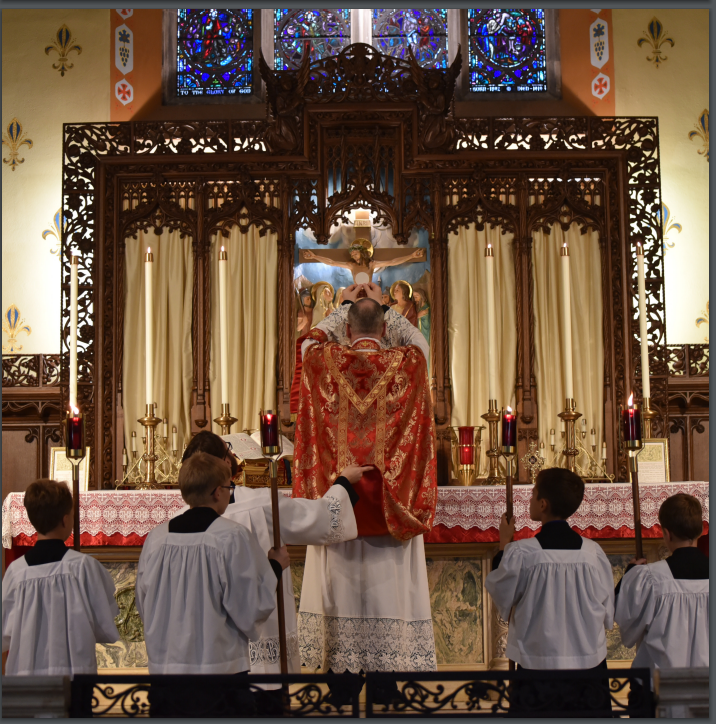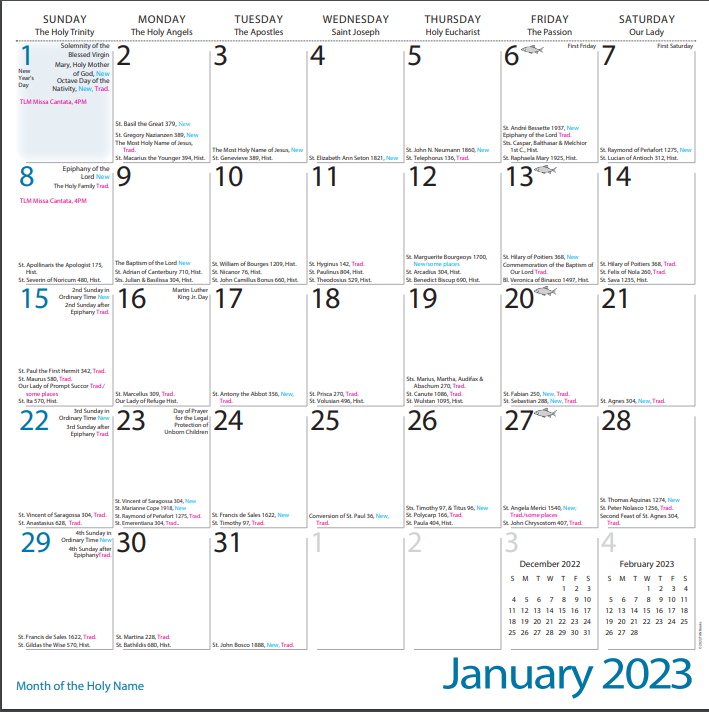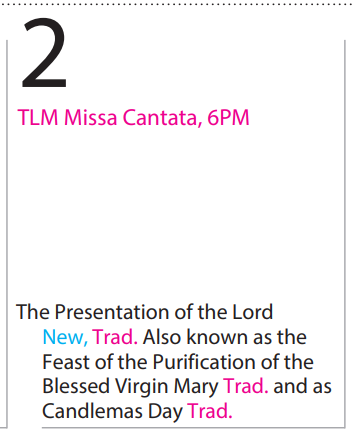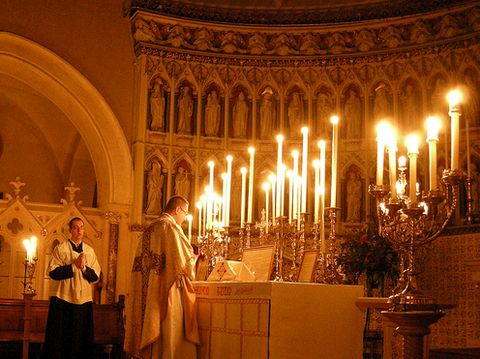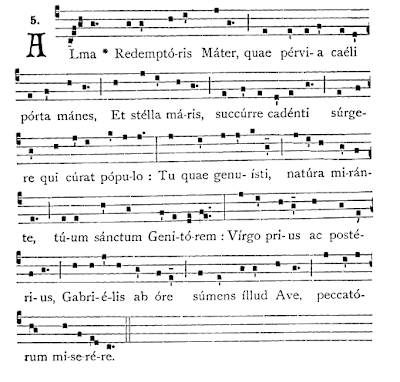Why the 2nd Confiteor anyway? After all, haven’t we already said a Double Confiteor at the beginning of Mass during the Prayers at the Foot of the Altar (one for the priest and one for the servers/people in attendance at Mass)?
Picture Moses removing his sandals when he comes before the Lord who speaks to him from the burning bush because he is on holy ground! We are removing the ‘sandals’ of earthly attachment so that we can enter into the Holy of Holies.’ Having prepared ourselves by this initial Confiteor, is the 2nd Confiteor before the communion of the faithful just more useless repetition that adds to the overall length of the Mass? Or is there a theological significance to its placement later in the liturgy as well?
Some history:
In former times (pre- Pope St. Pius X), the normative method for the distribution of Holy Communion to the faithful was for reception to occur outside of the Holy Sacrifice of the Mass itself. Therefore, prior to the time of St. Pius X, the distribution of communion to the faithful outside of the Mass (usually immediately following it), began with the Confiteor, as directed by the rubrics. This was normal for all the days of the year except two, namely Maundy Thursday and Corpus Christi. On those two feasts, communion of the faithful would take place just as we see it today, within the Mass itself. Pope St. Pius X directed that the distribution of communion to the faithful should become the norm during the Mass throughout the year. Thus was ‘born’ the practice of the 2nd Confiteor within the Mass since the communion rite of the faithful was inserted into the Mass after the priest’s communion.
The 2nd Confiteor was ‘revised away’ (in other words, removed) within the Mass in what we have come to know as the ‘1962 Missal,’ but kept in the communion rite of the faithful outside of Mass. Much can be said in regard to this revision, but that is another discussion. Suffice it say that there is an allowance for the 2nd Confiteor to continue to be used. Instead of getting side-tracked, let us keep our focus on the Mass itself. The Holy Mass is complete as the unbloody re-presentation of Our Lord’s Sacrifice on Calvary with the communion of the offering priest who stands in for Christ the High Priest (in persona Christi). The once-for-all Sacrifice of Calvary is
re-presented to the Father with the completion of the priest’s communion (think of a priest’s private low Mass to better grasp this concept—he alone is present at this private Mass).
The Sacrifice of the Lamb Once Slain is ‘made present’ via the double consecration (the bread into Christ’s Body, the wine into His Blood) to all those in attendance at the Mass. Nearly 2,000 years ago, the Blood of Christ poured forth from His Sacred Wounds to make possible the Redemption of all of humanity.
And, at each Mass, we mystically stand at the foot of the Cross to be washed in the Blood of the Lamb. What is the disposition of heart that is necessary for a person to be redeemed by this Blood, if not that of contrition? We must be sorry for our sins to obtain mercy and forgiveness. God does not force us to love Him, nor does He force us to be redeemed.
With this brief exposition of the consecration at Mass, let us return to the communion of the faithful, who are now spiritually present at the foot of Calvary. Does the 2nd Confiteor not now make perfect sense? The Deacon and Subdeacon (if in a Solemn Mass) or the servers in a Sung or Low Mass, now, prostrate in spirit beneath Our Lord’s Cross, recite the Confiteor. The faithful present join with them in the prayer of the heart and bend all their attention to these words of contrition.
The priest then says the Indulgentiam prayer and gives the minor absolution to all present as he says the Misereatur. This minor absolution absolves venial sins in those receiving it and prepares the souls of those individuals in the state of grace who plan to approach the Most Holy Sacrament for the opportunity of an even greater increase in sanctifying grace. The faithful approach the banquet table of the Lord. Truly, at this moment, we have a foretaste of Heaven as we approach the communion rail, with souls washed with absolution after their declaration of contrition. And now, as we look up at the Host held before us, we can contemplate the beatitude: “Blessed are the pure of heart for they shall see the Face of God” (Mt 5:8).
